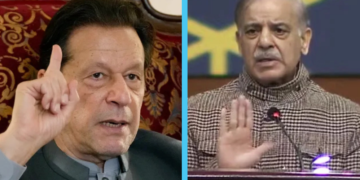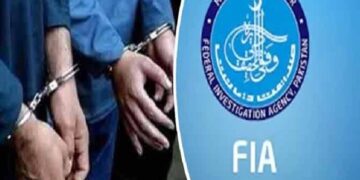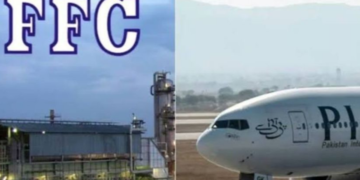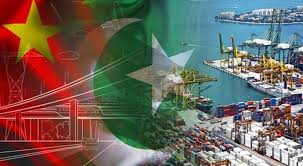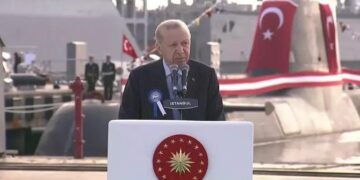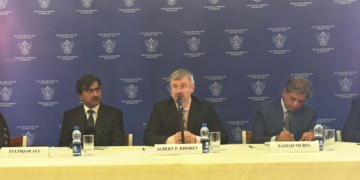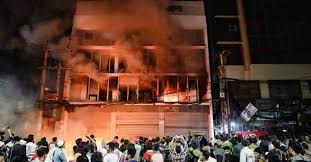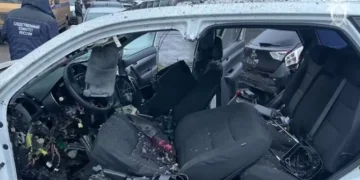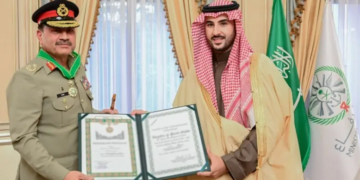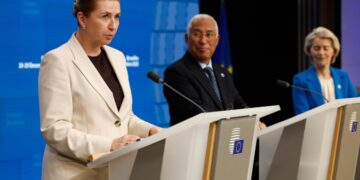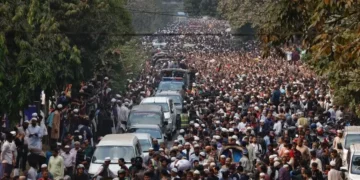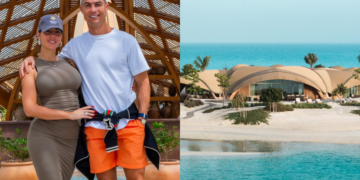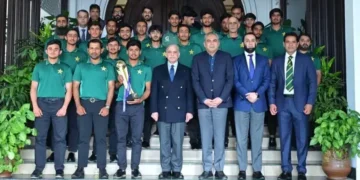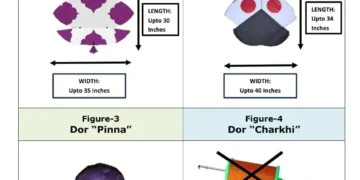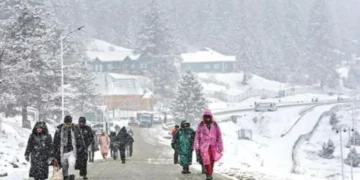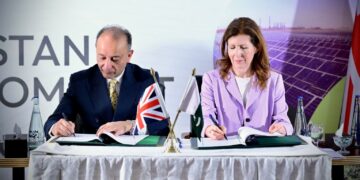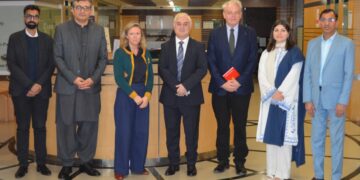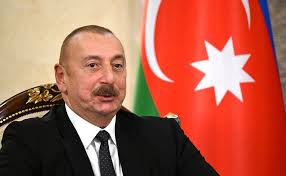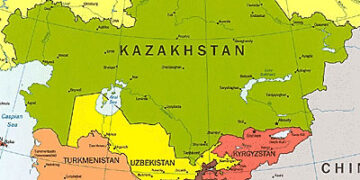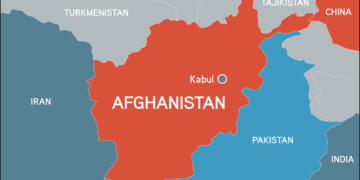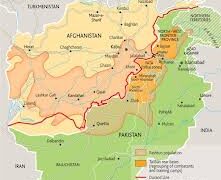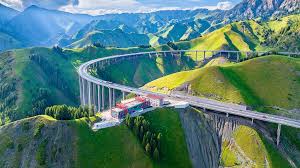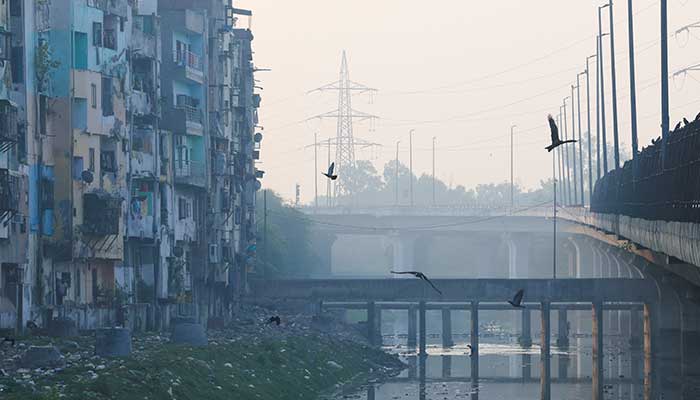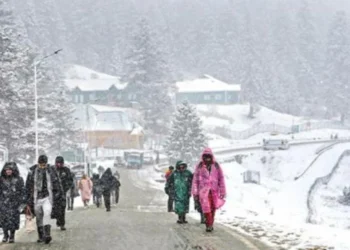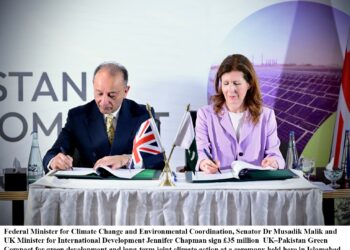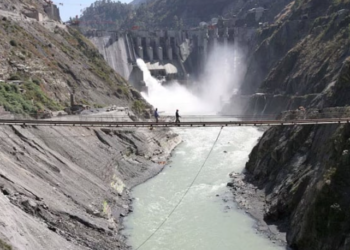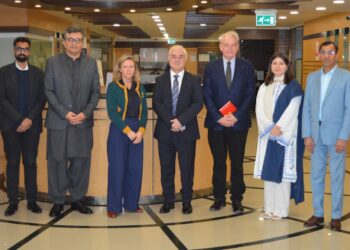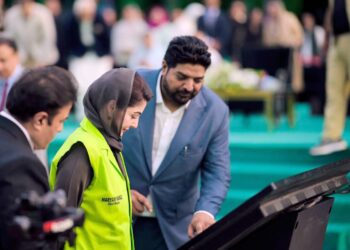LAHORE; Lahore’s air quality took a sharp turn for the worse on Tuesday, with Diwali fireworks pushing the city to become the world’s second most polluted metropolis. According to Swiss air quality monitoring group IQAir, Lahore recorded an air quality index (AQI) of 266 at 8:40 am, classified as “very unhealthy,” just behind New Delhi’s AQI of 535, labeled “hazardous.”
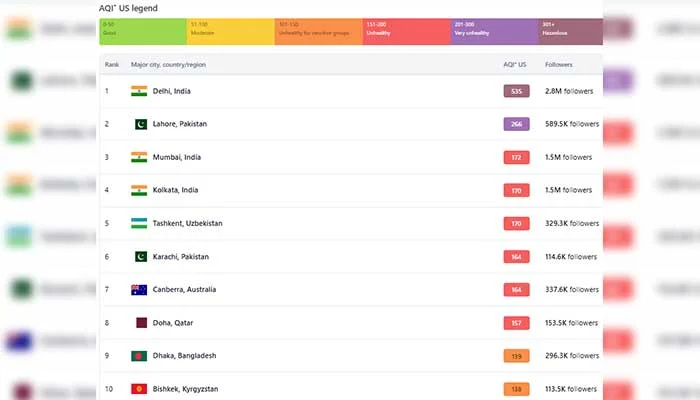
The PM2.5 concentration — tiny airborne particles less than 2.5 micrometers in diameter that can enter the bloodstream — was measured at 187 µg/m³, nearly 37 times higher than the World Health Organization’s recommended annual limit.
As toxic smog thickens over Punjab, authorities have ramped up measures to control pollution, deploying modern monitoring systems and forming a panel to supervise preventive efforts. Lahore, situated just 25 kilometers from the international border with India, continues to face severe air pollution challenges, with experts forecasting the AQI to remain between 210 and 240 tomorrow.
Karachi also ranked sixth on the global list of most polluted cities, with an AQI of 164, placing it in the “unhealthy” category.
The worsening air quality is expected to bring more fog and smog in the coming days, with additional pollutants drifting in from Indian cities celebrating Diwali. Despite efforts such as joint spraying operations by WASA and the Lahore Development Authority, pollution levels remain dangerously high.
Punjab’s first Smog Monitoring and Control Centre continues to collect real-time air quality data, while anti-smog guns are being used at identified hotspots.
Senior Minister Marriyum Aurangzeb said that nine provincial departments are conducting large-scale anti-smog operations under the directives of Chief Minister Maryam Nawaz Sharif. She added that continuous government efforts and public cooperation had helped maintain relative control over the AQI.
She highlighted that environmental protection teams were actively monitoring brick kilns with drone surveillance and providing live reports. “For the first time in Punjab’s history, air quality forecasting has enabled timely action to prevent pollution escalation,” she said.
Marriyum added that modern equipment, real-time monitoring, and inter-departmental coordination had kept pollution under check. Construction sites have been ordered to cover materials to prevent dust emissions, while traffic police have restricted heavy vehicles to reduce vehicular pollution.
Punjab CM Maryam Nawaz congratulated the departments for their efforts and directed continued vigilance. Water sprinkling operations across major roads continued overnight to settle dust and reduce smog levels.


